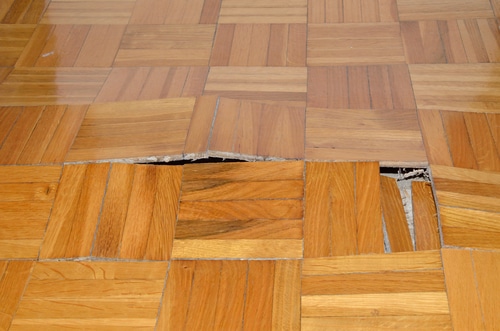We've stumbled upon this great article involving Leaking water lines down the page on the net and reckoned it made perfect sense to write about it with you on this site.

Early discovery of leaking water lines can alleviate a potential catastrophe. Some little water leaks may not be noticeable.
1. Take A Look At the Water Meter
Every residence has a water meter. Checking it is a guaranteed manner in which helps you find leakages. For beginners, switch off all the water resources. Ensure no one will flush, use the tap, shower, run the cleaning equipment or dishwasher. From there, most likely to the meter and also watch if it will certainly alter. Considering that no person is utilizing it, there need to be no activities. If it relocates, that suggests a fast-moving leakage. If you discover no changes, wait a hr or 2 as well as examine back once again. This implies you might have a slow leak that could also be underground.
2. Inspect Water Usage
Analyze your water bills and track your water usage. As the one paying it, you ought to observe if there are any type of disparities. If you detect sudden changes, regardless of your intake coinciding, it indicates that you have leakages in your plumbing system. Keep in mind, your water bill should drop under the very same variety monthly. A sudden spike in your costs shows a fast-moving leak.
A stable boost every month, also with the same habits, shows you have a slow-moving leakage that's also gradually rising. Call a plumber to thoroughly examine your building, particularly if you really feel a warm location on your flooring with piping underneath.
3. Do a Food Coloring Test
When it comes to water intake, 30% comes from toilets. If the color somehow infiltrates your bowl during that time without flushing, there's a leak in between the storage tank as well as bowl.
4. Asses Outside Lines
Don't neglect to inspect your outside water lines as well. Test spigots by affixing a garden hose. Must water permeate out of the connection, you have a loose rubber gasket. Replace this and also guarantee all links are limited. If you have actually obtained a lawn sprinkler, it will assist get it properly checked out and also kept annually. One little leakage can squander tons of water and increase your water expense.
5. Assess the situation and inspect
House owners must make it a practice to examine under the sink counters as well as even inside cabinets for any kind of bad odor or mold growth. These two warnings show a leak so prompt interest is called for. Doing routine inspections, even bi-annually, can save you from a major problem.
Check for discolorations and damaging as a lot of pipes and home appliances have a life span. If you think dripping water lines in your plumbing system, don't wait for it to escalate.
Early discovery of dripping water lines can alleviate a prospective disaster. Some little water leakages may not be noticeable. Inspecting it is a guaranteed means that assists you find leaks. One small leak can throw away tons of water and also increase your water bill.
If you believe leaking water lines in your plumbing system, do not wait for it to escalate.
WARNING SIGNS OF WATER LEAKAGE BEHIND THE WALL
PERSISTENT MUSTY ODORS
As water slowly drips from a leaky pipe inside the wall, flooring and sheetrock stay damp and develop an odor similar to wet cardboard. It generates a musty smell that can help you find hidden leaks.
MOLD IN UNUSUAL AREAS
Mold usually grows in wet areas like kitchens, baths and laundry rooms. If you spot the stuff on walls or baseboards in other rooms of the house, it’s a good indicator of undetected water leaks.
STAINS THAT GROW
When mold thrives around a leaky pipe, it sometimes takes hold on the inside surface of the affected wall. A growing stain on otherwise clean sheetrock is often your sign of a hidden plumbing problem.
PEELING OR BUBBLING WALLPAPER / PAINT
This clue is easy to miss in rooms that don’t get much use. When you see wallpaper separating along seams or paint bubbling or flaking off the wall, blame sheetrock that stays wet because of an undetected leak.
BUCKLED CEILINGS AND STAINED FLOORS
If ceilings or floors in bathrooms, kitchens or laundry areas develop structural problems, don’t rule out constant damp inside the walls. Wet sheetrock can affect adjacent framing, flooring and ceilings.
https://www.servicemasterbyzaba.com/blog/how-to-detect-water-leakage-in-walls/

I am just very interested by Hacks to detect leaks and I am hoping you enjoyed reading the entire piece. Loved our piece of writing? Please share it. Help somebody else discover it. Bless you for your time. Don't hesitate to come visit our website back soon.
Pipe burst? Phone now!
Comments on “Six Ways to Identify Hidden Water Line Leaks Efficiently”